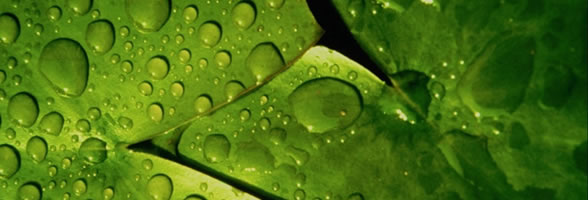
Glowworm Swarm Optimization
Number of glowworms
In robot swarms, a single agent often has limited capabilities and hence its highly desirable that more than one robot gets to the source location to carry out a task after locating the odor source, say defusing mines, fixing gas leaks etc. Here, we assume that at least seven glowworms need to get to the source location for the task to be completed successfully. The glowworms are initially placed at random locations to the right of the Y axis.
In Figure (b) fifteen randomly placed glowworms are used to locate the odor source. The algorithm was terminated in 249 seconds. As the glowworms are randomly placed, none of them are directly behind the source location. Hence, a simple anemotactic motion will not take them to the source. Here, chemotaxis takes all the glowworms close to the centerline of the plume as the probability to find a concentration higher than that at the centerline rapidly decreases with the lateral distance from the centerline. An anemotaxic motion from this point will take the glowworms to the source.
The performance of the algorithm with variation in swarm size is shown in Figure (a). The plot clearly indicates the decrease in mean convergence time with larger swarm sizes. This improvement in performance with swarm size is an essential feature in swarm algorithms.
Figure:Variation of swarm size. (a) Algorithm performance with variation in swarm size. (b) Trajectory for fifteen glowworms used to locate source.
